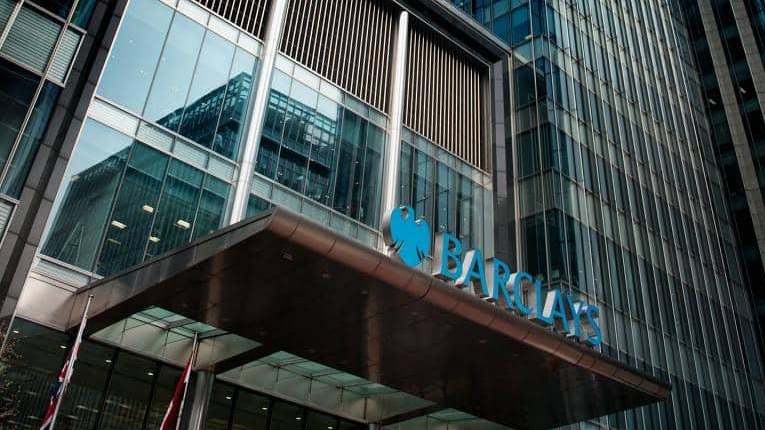There is a strong appetite among younger consumers for banking services from technology firms such as Amazon, Facebook, Google or Apple, as they could offer greater convenience and more personalised services.
This is according to a new report from MuleSoft, which surveyed more than 8,000 consumers across the UK, US, Germany, Netherlands, Australia and Singapore. It found that one in three global consumers would consider using the likes of Amazon for banking services; a figure which rises to 52 per cent for those aged 18-34.
Those in Singapore (47 per cent) and the United States (43 per cent) were the most open to using these companies as a banking provider, while consumers in the Netherlands were the least open (22 per cent).
In addition, the study found that six in 10 consumers under the age of 34 would be happy for banks to share their transaction data with trusted third parties if it meant they received a more personalised experience. Some 55 per cent of respondents felt that their banks do not currently provide a connected experience, with 51 per cent considering a change in banking provider as a result.
Inefficiency was cited as a main cause of frustration for consumers, who believe that banks could do more to improve their existing processes. For example, 57 per cent believe that opening a bank account should take no longer than an hour, while 47 per cent believe applying for a mortgage should take less than a day.
“Delivering a connected experience remains a challenge for many banks. As the research shows, those banks that fail to deliver a connected experience risk damaging customer loyalty at a time when it is easier than ever before for consumers to change banking provider,” said Danny Healy, client architect at MuleSoft.
“Today consumers can open bank accounts in a matter of minutes and have mortgage applications processed in hours. The traditional players can no longer afford to stand still and must ensure they can speed up their processes. Banks need to be able to unlock customer data from siloed systems and integrate their existing legacy systems with new digital technologies and channels,” he concluded.
Latest News
-
Bank of England to join forces with Singapore and Thailand to explore potential for synchronised FX settlement
-
Nationwide to keep all 696 branches open until ‘at least 2030’
-
Financial institutions actively moving key customer-facing processes to AI agents, finds Capgemini research
-
FStech and Retail Systems celebrate payments excellence at Payments Awards 2025
-
AXA CIO says AI and granular data making insurance more accessible
-
JPMorgan and DBS to develop framework for tokenised value transfers across multiple blockchains
Creating value together: Strategic partnerships in the age of GCCs
As Global Capability Centres reshape the financial services landscape, one question stands out: how do leading banks balance in-house innovation with strategic partnerships to drive real transformation?
Data trust in the AI era: Building customer confidence through responsible banking
In the second episode of FStech’s three-part video podcast series sponsored by HCLTech, Sudip Lahiri, Executive Vice President & Head of Financial Services for Europe & UKI at HCLTech examines the critical relationship between data trust, transparency, and responsible AI implementation in financial services.
Banking's GenAI evolution: Beyond the hype, building the future
In the first episode of a three-part video podcast series sponsored by HCLTech, Sudip Lahiri, Executive Vice President & Head of Financial Services for Europe & UKI at HCLTech explores how financial institutions can navigate the transformative potential of Generative AI while building lasting foundations for innovation.
Beyond compliance: Building unshakeable operational resilience in financial services
In today's rapidly evolving financial landscape, operational resilience has become a critical focus for institutions worldwide. As regulatory requirements grow more complex and cyber threats, particularly ransomware, become increasingly sophisticated, financial services providers must adapt and strengthen their defences. The intersection of compliance, technology, and security presents both challenges and opportunities.
© 2019 Perspective Publishing Privacy & Cookies













Recent Stories